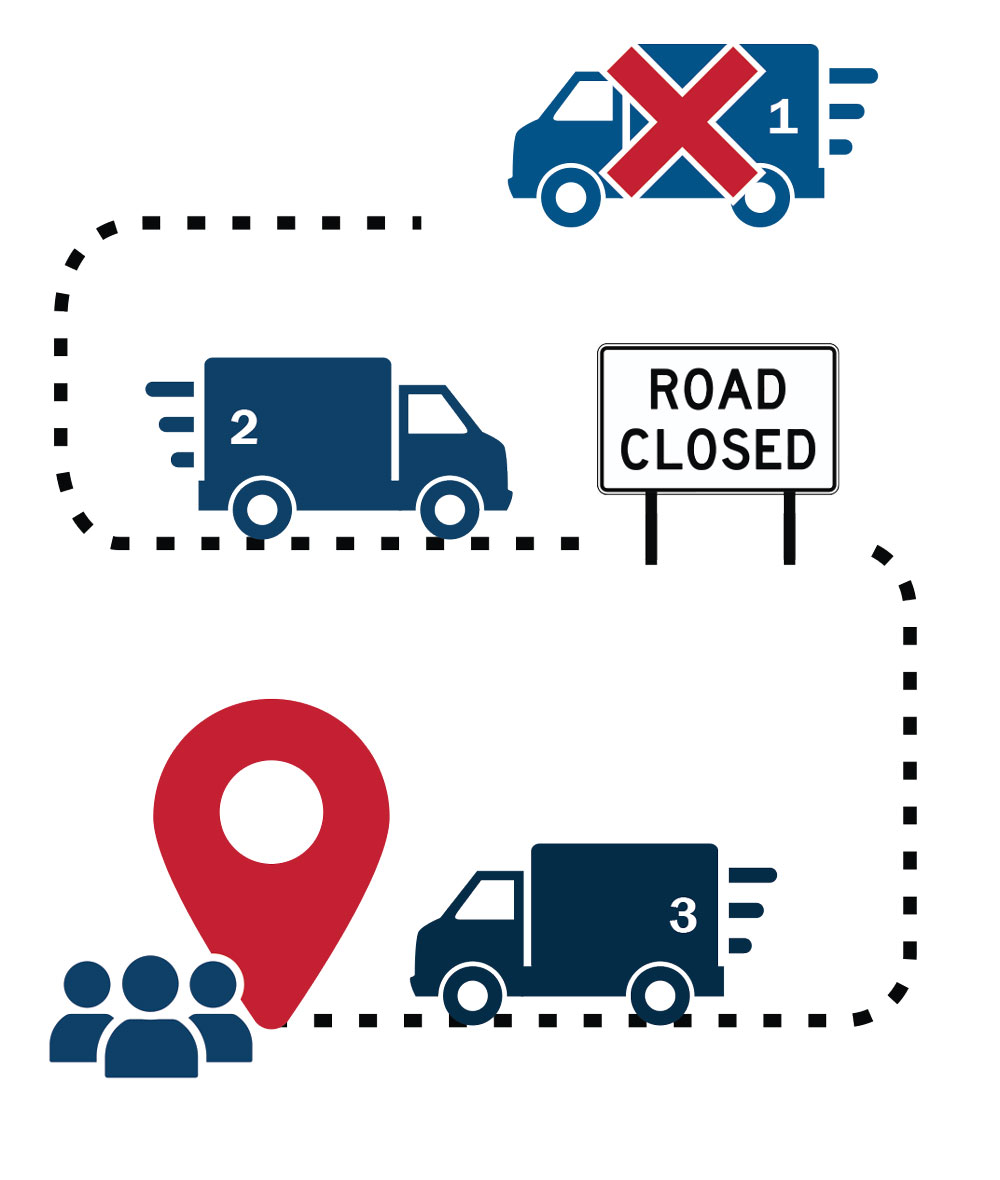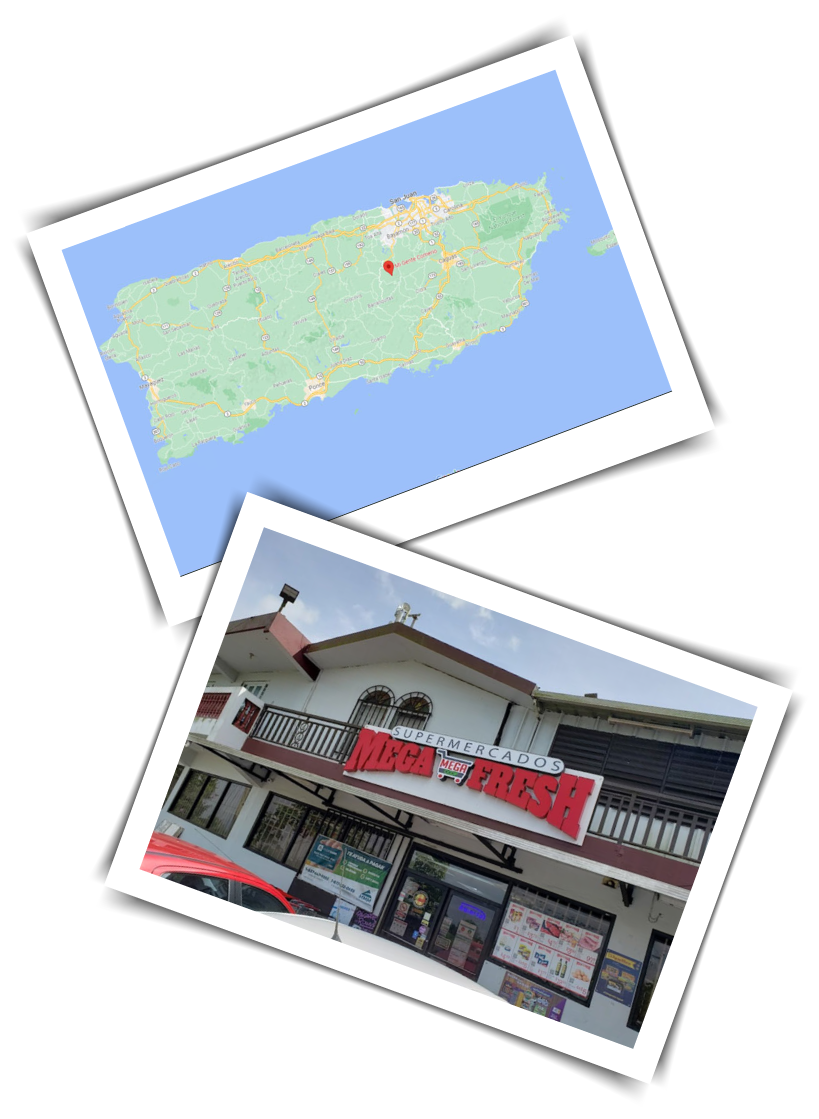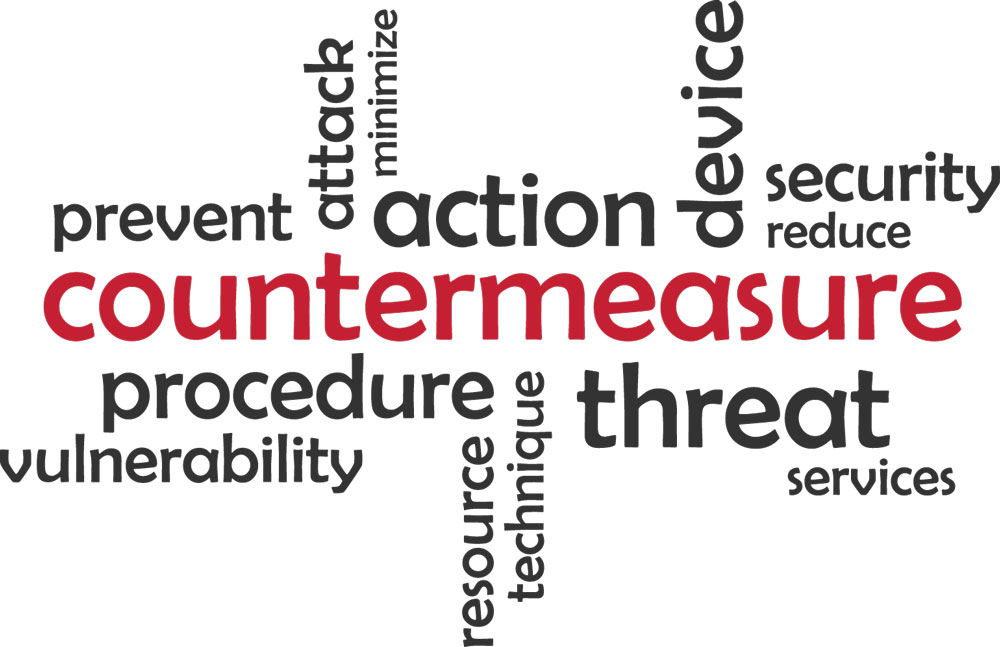What could possibly go wrong? Video Transcript
What could possibly go wrong?
The list seems to be growing everyday. The frequency and intensity of these events seems to be increasing as well. We Emergency Managers need to develop a better way to respond and recover from man-made and natural disaster events so we can move onto the next one. As you engage in this lesson, ask yourself these questions: How do disasters affect supply chain flows? Where are disruptions likely to occur after a disaster? Why are smaller companies more vulnerable to disruptions? How do companies adapt to disruptions?
Let’s get started
Lesson 4 Objectives
At the end of this lesson, you will be able to:
- Explain the types of disaster supply chain disruptions and their effects on supply chain flow
- Describe the significance of bottlenecks and lead times in the aftermath of a disaster disruption
This lesson should take approximately 15 minutes to complete.
Common Disaster-Related Disruptions
Demand Shift: A disaster can distort demand patterns before and after the event. For example, demand for gasoline, generators, batteries, and food items often spikes before a hurricane, while demand for bottled water, chainsaws, garbage cans, tarps, and other recovery supplies are usually elevated afterwards. Such demand spikes can push utilization of bottlenecks above 100 percent, even if only some parts of the supply chain are disrupted by the storm.
Capacity Reduction: Disaster events can reduce one or more process capacity levels. Frequently, production or transportation is limited because of a lack of plant, power, or people. A factory (or plant) is unable to produce due to physical damage. A retail outlet is unable to store perishable products due to lack of electrical power. Trucks are unable to deliver goods for lack of drivers. Ports and depots may be severely damaged by a hurricane. A major bridge collapse will disrupt traffic flows and impede emergency response, the flow of goods, and economic recovery.
Communication Disruption: A disaster event can interrupt the normal communication channels in a supply chain. For example, power or cell phone outages, broadband interruptions, point-of-sale system failures, and the absence of key individuals can impede normal operations of a supply chain. Communication disruptions can exacerbate the problem by blocking information about demand and inventory levels, making it impossible to direct the available supplies to the users that need them most.
Disaster Effects on Supply Chains: Video Transcript
All disaster-related supply chain disruptions can reduce capacity and lengthen lead time. Shifts that elevate demand for some products and disruptions that reduce capacity of some processes will increase utilization at one or more stages of the supply chain, possibly creating new and more severe bottlenecks. Higher utilization will inflate cycle time and, depending on inventory levels, may also increase lead time and result in delays in getting products to people. If the bottleneck utilization exceeds 100 percent, then the supply chain will be unable to keep up with demand, leading to shortages that will not be filled until after capacity is restored.
“Last Mile” Distribution Challenges

- The processing, distribution, and selling of goods are often disrupted by critical infrastructure damage (e.g., electricity, internet, municipal water, transportation).
- However, post-disaster bottlenecks and disruptions tend to arise more at the distribution level than at the production level. This is, in part, simply because distribution occurs within the affected region, while much of the production often occurs elsewhere. It is also because distribution companies tend to be more vulnerable to disruptions.
- Some of the most common factors underlying these “last mile” distribution challenges are shortages of trucks and drivers for goods delivery, other personnel shortages that occur when workers themselves become storm victims, and damage to critical infrastructure that impede the distribution and selling of goods.
The Private Sector Will Adapt Quickly
Private sector supply chains can often find alternative suppliers or make production changes to meet increased or changed demand.
The Private Sector Will Adapt Quickly: Video Transcript
Hello, I'm Kathy Fulton, the Executive Director of the American Logistics Aid Network or ALAN. ALAN works with businesses, government, and non-profit organizations to support continuity of supply chains during crisis.
B. Fernandez y Hermanos is a major food distributor in San Juan. When the company couldn't get space on cargo ships for goods it regularly brought in from the mainland, it increased its buying from Mexico and Europe where shipments could be counted on to arrive when promised. Because B. Fernandez regularly bought and sold more international products than its competitors, it was easier to diversify its inventory mix.
When FEMA siphoned off the pool of independent truckers to transport relief supplies, B. Fernandez lost nearly 10 percent of its trucking capacity. To fill the gap and increase volume, the company helped a small trucking company purchase eight pre-owned trucks. In exchange, B. Fernandez hired drivers and guaranteed long-term service to the distributor and its customers.
Within a week of Maria's landfall, B. Fernandez and its trucking partner moved seven times its ordinary daily volume. It was the beginning of a surge that continued through mid-December 2017 and beyond.
This case study appeared in the Center for Naval Analysis report, Supply Chain Resilience and the 2017 Hurricane Season: A collection of case studies about Hurricanes Harvey, Irma, and Maria and their impact on supply chain resilience (2018).
Rebounding Takes Longer in Remote Areas

Rebounding Takes Longer in Remote Areas: Audio Transcript
Hey, this is Phil Palin. My work focuses mostly on supply chain resilience in catastrophe. I’ve spent considerable time in Puerto Rico.
Immediately following 2017’s Hurricane Maria, the regular flow of food, fuel, and much more was seriously disrupted by lack of electricity, lack of communication, debris in the road, bridges out, complications with fuel distribution, and all the myriad challenges of immediate recovery. Some places were entirely cut off.
One of the grocery stores that I visited is located at a rural crossroads in the mountainous center of Puerto Rico. It’s less than 20 miles to the wholesalers in suburban San Juan. But in the first few weeks after Hurricane Maria, those 20 miles seemed more like 200.
For the first two weeks after the hurricane, trucks could not get up the mountain because of landslides and all sorts of other problems. But customers certainly came to the store. They mostly purchased canned goods and ice. The store limited each family to purchasing three cans and no more than two bags of ice. Still, by the day after the hurricane, the ice was gone. The store had frozen meat to sell until in the second week, the store owner was unable to refuel his generator for two days and lost over $30,000 worth of meat and other perishables.
When fuel was available, the grocer’s generators supplied power. The cash register kept track of sales. But for the first month, only cash could be used in making transactions. Both the ATM machine in the store and the point-of-sale terminal at the checkout depended on a rooftop tower to send EBT and other digital signals to a cell tower. And from the cell tower it would cut across into the financial network. The antenna had blown down in the storm. It was erected again. But the relay tower did not respond to the antenna signals. Still the customers kept coming and depending on the little store at the crossroads.
Two weeks after the hurricane landfall, Rene, the store’s owner, was finally able to drive out of the mountains to place orders and bring back cases of essential products in his own truck. He continued this process of personal pick-up and self-delivery for several more weeks.
Customers paid in cash. But over 60 percent of Rene’s customers usually pay for groceries with their PAN EBT card. Many of these customers quickly ran out of cash. In some of the most desperate cases, Rene resurrected the practice of “fiao” or sometimes “Don Fiao,” or store credit. He knew his customers. They were his neighbors. He wanted to do this. It was still a risk. And he certainly still had to pay for what he was purchasing and bringing back to the store. But finally, four weeks after the hurricane, Rene’s store and his customers were finally reconnected to the digital network, and EBT cards, debit cards, credit cards could be used again.
This case study appeared in the Center for Naval Analysis report, Supply Chain Resilience and the 2017 Hurricane Season: A collection of case studies about Hurricanes Harvey, Irma, and Maria and their impact on supply chain resilience (2018).
Infrastructure Vulnerability and Resilience
- Damage to vulnerable infrastructure, especially for power and communications, is predictable. The speed with which supply chains can recover often heavily depends on the resilience of this critical infrastructure.
- In places where there was investment in reducing vulnerabilities (especially for hardening electric power systems), storm disruptions were minimized and the speed with which local economies could resume normal operations increased. Where these sorts of investments did not occur, more severe disruptions arose.
- Electricity outage and restoration numbers from the 2017 hurricane season provide a general indicator of overall supply chain resilience because most commerce is heavily dependent upon the availability of electric power.
| Location | Total Number of Residential Customers | Peak Power Loss (% of residential customers affected) | Length of Time for Restoration (to majority of customers who could receive power) |
|---|---|---|---|
| Texas | Approx. 306,000 | 2.5% | ~11 days |
| Florida | Approx. 6.1 million | Approx. 60% | ~13 days |
| Puerto Rico | Approx. 1.6 million | 100% | ~7 months |
| U.S. Virgin ISlands | Approx. 45,000 | 100% | ~4 months |
Corporate and Infrastructure Hardening Efforts
- Many large companies have invested in continuity planning; partnerships with government officials; employee assistance programs; and resources to harden, back up, and restore critical systems.
- For instance, petroleum companies in Texas have installed redundant power supplies, relocated communications systems, and elevated control rooms and pump stations.
- Utility companies in the state have made similar improvements, including investments to their electricity systems, by installing intelligent sensors that provide real-time situational awareness about the grid.
- But small businesses generally have much less capacity to prepare for and avoid supply chain disruptions or to actively engage with local emergency management officials.

Think About Your Jurisdiction
- What does the “last mile” look like in your jurisdiction?
- How might fuel, communication, and transportation needs be different in remote or underserved areas?
- What has been done to harden the power, water, and communications systems in your area against disruption?
- Where are some potential vulnerabilities in the critical infrastructure in your jurisdiction?
- What might an Emergency Manager do to relieve bottlenecks at critical transportation and distribution nodes?
Lesson 4 Summary
By now, you should be able to:
- Explain the types of disaster supply chain disruptions and their effects on supply chain flow
- Describe the significance of bottlenecks and lead times in the aftermath of a disaster disruption


